Discus - Symphysodon aequifasciata alenquer
Scientific name: Symphysodon aequifasciata alenquer
Common name: Discus
Family: Cichlidae
Usual size in fish tanks: 13 - 15 cm (5.12 - 5.91 inch)
014
Recommended pH range: 5.5 - 7.5
Recommended water hardness: 0 - 8°N (0 - 142.86ppm)
0°C 32°F30°C 86°F
Recommended temperature range: 27 - 30 °C (80.6 - 86°F)
The way how these fish reproduce: Spawning
Where the species comes from: South America
Temperament to its own species: peaceful
Temperament toward other fish species: peaceful
Usual place in the tank: Middle levels
Short Description
Regarded as the "King of the Aquarium," the Discus (Symphysodon aequifasciata alenquer) is one of the most elegant and captivating freshwater fish. Known for their round, laterally compressed bodies and striking colors, they require pristine water conditions, a high-protein diet, and a peaceful tank setup. This guide covers everything you need to know about caring for, feeding, and breeding Discus fish.
Appearance and Natural Habitat
Discus fish originate from South America, particularly the Amazon River Basin, where they inhabit slow-moving, warm waters with dense vegetation. They thrive in soft, slightly acidic to neutral water and prefer environments with plenty of hiding spots provided by driftwood, plants, and natural leaf litter.
Tank Requirements
Due to their specific needs, Discus fish require a well-maintained tank setup:
- Tank Size: Minimum 200 liters (50 gallons) for a small group.
- Temperature: 27 - 30°C (80.6 - 86°F)
- pH Level: 5.5 - 7.5
- Water Hardness: 0 - 8 dGH (very soft to slightly hard water)
- Filtration: Strong, efficient filtration is essential, but avoid excessive water flow.
- Substrate: Fine sand or soft gravel to mimic their natural habitat.
- Tank Mates: Keep with peaceful species such as Neon Tetras, Rummy Nose Tetras, Corydoras Catfish, and Otocinclus.
Diet and Feeding
Discus fish require a high-protein diet to maintain their vibrant colors and overall health. A well-balanced diet should include:
- High-Quality Flakes and Pellets: Look for protein-rich options specifically designed for Discus.
- Frozen and Live Foods: Bloodworms, brine shrimp, mosquito larvae, and daphnia.
- Beef Heart: A traditional Discus food that enhances coloration, but should be fed in moderation to prevent digestive issues.
- Vegetable Matter: Occasional blanched spinach or spirulina-based foods.
Feeding Frequency: Feed them 2-3 times per day, only giving what they can consume within 3-5 minutes.
Behavior and Social Structure
Discus fish are naturally social and thrive in groups. Keeping them in groups of at least five reduces stress and allows their personalities to develop. While generally peaceful, they may establish a pecking order within their group.
Sexing Discus Fish
Sexing Discus fish is difficult due to their similar appearances. However, mature males tend to be slightly larger with a more elongated dorsal fin, whereas females are rounder with a slightly shorter fin structure.
Breeding Discus Fish
Breeding Discus fish can be challenging, but once a bonded pair forms, they tend to be dedicated parents. Key breeding behaviors include:
- Pairs forming naturally within a group.
- The selection of a spawning site (such as a smooth rock or broad plant leaves).
- Egg-laying followed by the parents carefully guarding them.
Once hatched, the fry will feed off the skin mucus secreted by their parents—a unique trait among Discus fish.
Common Health Issues
Due to their sensitivity, Discus fish are prone to several health issues, including:
- Hexamita (Hole-in-the-Head Disease): Caused by poor water quality or a lack of nutrients.
- Parasites: External or internal parasites can stress Discus, leading to loss of appetite.
- Stress-Related Illnesses: Caused by fluctuating water conditions or aggressive tank mates.
Prevention: Maintain stable water parameters, perform regular water changes, and provide a stress-free environment.
Conclusion
Discus fish are among the most rewarding freshwater species to keep, requiring dedication and proper care. Their striking appearance, unique behaviors, and social nature make them a centerpiece in any aquarium. With a proper diet, stable water conditions, and a suitable tank setup, Symphysodon aequifasciata alenquer can thrive for years in a well-maintained environment.
Picture
Bought by aqua-fish.net from jjphoto.dk
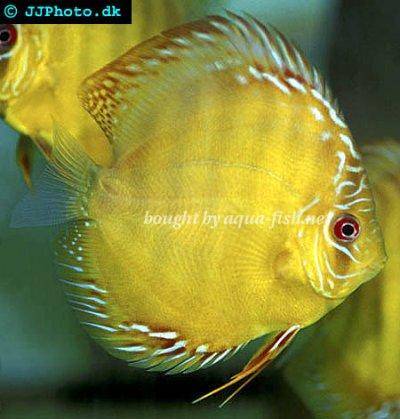
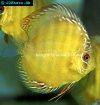
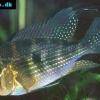 Thread-finned
Thread-finned 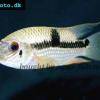 Acara
Acara 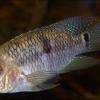 Yellow
Yellow 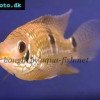 Patrick's
Patrick's 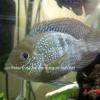 Blue
Blue 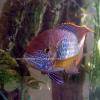 Green
Green 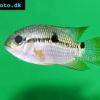 Acara
Acara 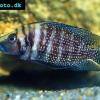 White
White 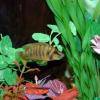 Compressed
Compressed 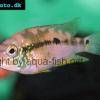 Pastel
Pastel 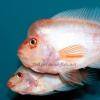 Midas
Midas 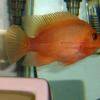 Red
Red 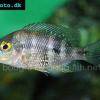 Bluemouth
Bluemouth 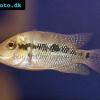 False
False 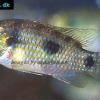 African
African 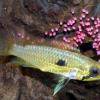 Agassiz's
Agassiz's 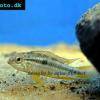 Banded
Banded 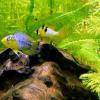 Yellow
Yellow 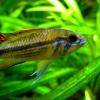 Cockatoo
Cockatoo 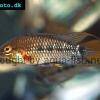 Blue
Blue 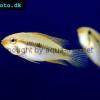 Blackstripe
Blackstripe 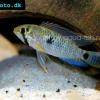 Highfin
Highfin 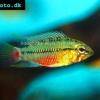 Redstripe
Redstripe 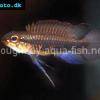 Threadfinned
Threadfinned 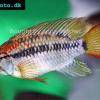 Macmaster’s
Macmaster’s 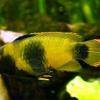 Panda
Panda 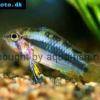 Norbert’s
Norbert’s 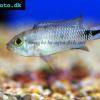 Blue
Blue 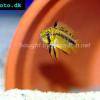 Thin-line
Thin-line 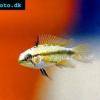 Three-striped
Three-striped 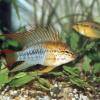 Viejita
Viejita 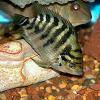 Flier
Flier 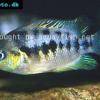 Archocentrus
Archocentrus 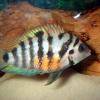 Convict
Convict 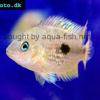 Seven
Seven 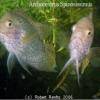 Spiny
Spiny 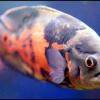 Oscar
Oscar 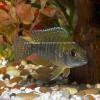 Sunshine
Sunshine 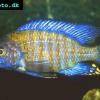 Chitande
Chitande 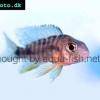 Firebird
Firebird 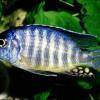 Midnight
Midnight 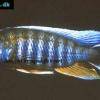 Lake
Lake 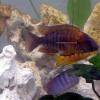 Sunshine
Sunshine 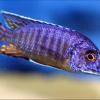 Aulonocara
Aulonocara 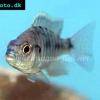 Nyasa
Nyasa 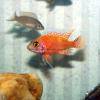 Ruby
Ruby 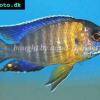 Grants
Grants 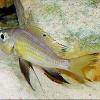 Aulonocranus
Aulonocranus 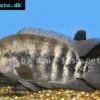 Chameleon
Chameleon 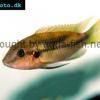 Benitochromis
Benitochromis 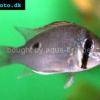 Orinoco
Orinoco 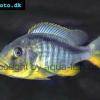 Yellow
Yellow 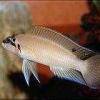 Brichard’s
Brichard’s 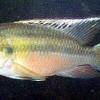 Guenther’s
Guenther’s 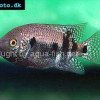 Southern
Southern 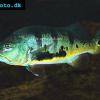 Cichla
Cichla 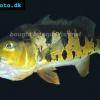 Peacock
Peacock 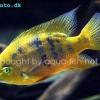 Chiseltooth
Chiseltooth 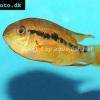 Bolivian
Bolivian 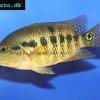 Red
Red 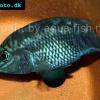 Many-pointed
Many-pointed 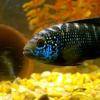 Jack
Jack 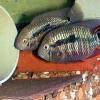 Red
Red 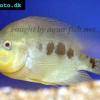 Three
Three 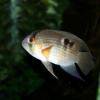 Keyhole
Keyhole 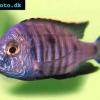 Azureus
Azureus 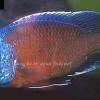 Red
Red 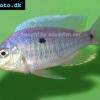 Jackson’s
Jackson’s 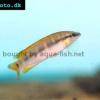 Crenicichla
Crenicichla 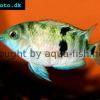 Honduran
Honduran 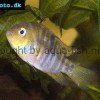 Blue-eye
Blue-eye 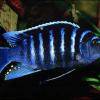 Afra
Afra 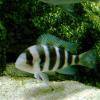 Frontosa
Frontosa 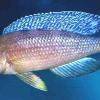 Slender
Slender 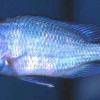 Malawi
Malawi 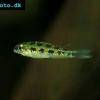 Chequerboard
Chequerboard 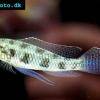 Checkerboard
Checkerboard 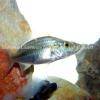 Malawi
Malawi 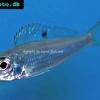 Ectodus
Ectodus 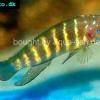 Tanganyika
Tanganyika 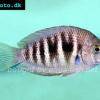 Canara
Canara 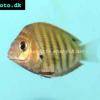 Green
Green 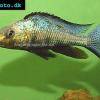 Rostratus
Rostratus 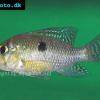 Pearl
Pearl 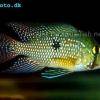 Geophagus
Geophagus 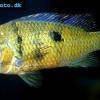 Yellowhump
Yellowhump 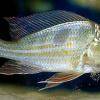 Suriname
Suriname 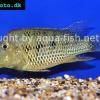 Redhump
Redhump 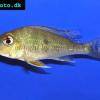 Red
Red 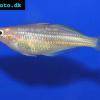 Dority’s
Dority’s 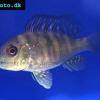 Argentine
Argentine 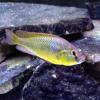 Burton’s
Burton’s 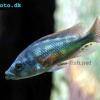 Victoria
Victoria 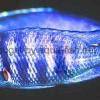 Haplochromis
Haplochromis 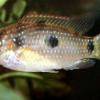 Jewel
Jewel 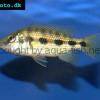 Banded
Banded 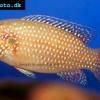 Lifalili
Lifalili 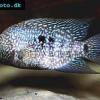 Lowland
Lowland 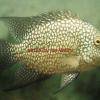 Texas
Texas 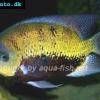 Pantano
Pantano 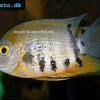 Severum
Severum 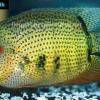 Banded
Banded 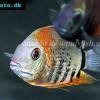 Severum
Severum 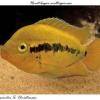 Rainbow
Rainbow 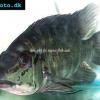 Parrot
Parrot 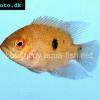 Chocolate
Chocolate 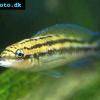 Brown
Brown 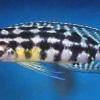 Marlieri
Marlieri 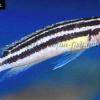 Golden
Golden 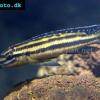 Striped
Striped 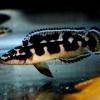 Masked
Masked 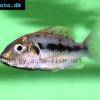 Konye
Konye 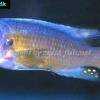 Blue
Blue 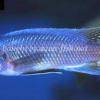 Trewavas
Trewavas 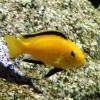 Electric
Electric 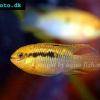 Dwarf
Dwarf 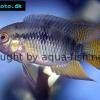 Redbreast
Redbreast 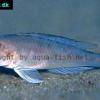 Lamprologus
Lamprologus 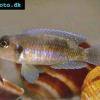 Gold
Gold 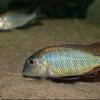 Greenface
Greenface 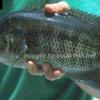 Mayan
Mayan 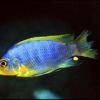 Aurora
Aurora 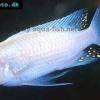 Blue
Blue 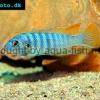 William’s
William’s 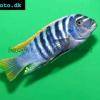 Zebra
Zebra 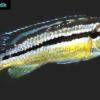 Malawi
Malawi 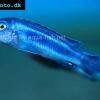 Blue
Blue 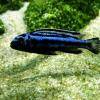 Blue
Blue 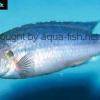 Mbuna
Mbuna 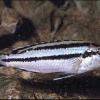 Parallel
Parallel 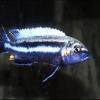 Purple
Purple 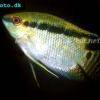 Flag
Flag 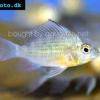 Bolivian
Bolivian 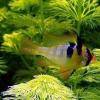 Ram
Ram 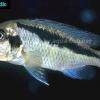 Basket
Basket 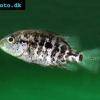 Haitian
Haitian 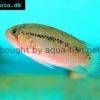 Zebra
Zebra 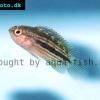 Striped
Striped 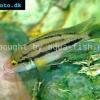 Neolamprologus
Neolamprologus 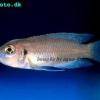 Brevis
Brevis 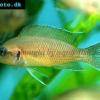 Fairy
Fairy 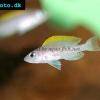 Neolamprologus
Neolamprologus 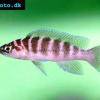 Cylindricus
Cylindricus 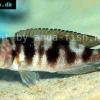 Hecq’s
Hecq’s 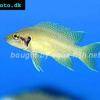 Neolamprologus
Neolamprologus 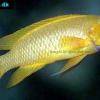 Lemon
Lemon 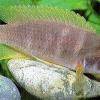 Mustax
Mustax 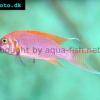 Daffodil
Daffodil 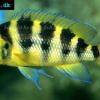 Six-bar
Six-bar 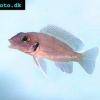 Five-bar
Five-bar 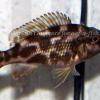 Marbled
Marbled 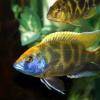 Giraffe
Giraffe 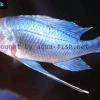 Blue
Blue 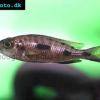 Sulphurhead
Sulphurhead 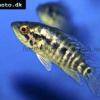 Wolf
Wolf 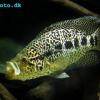 Jaguar
Jaguar 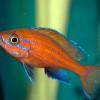 Blue
Blue 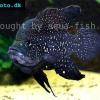 Marakeli
Marakeli 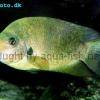 Madagascar
Madagascar 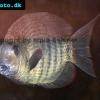 Pinstripe
Pinstripe 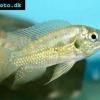 Pelmatochromis
Pelmatochromis 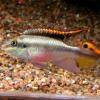 Kribensis
Kribensis 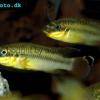 Striped
Striped 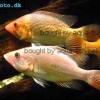 Red
Red 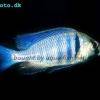 Deepwater
Deepwater 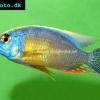 Fenestratus
Fenestratus 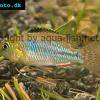 Nichols’
Nichols’ 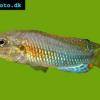 Southern
Southern 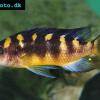 Bumble
Bumble 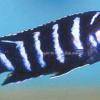 Demason’s
Demason’s 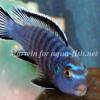 Slender
Slender 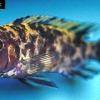 Red
Red 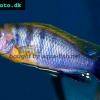 Mbuna
Mbuna 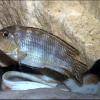 Malawi
Malawi 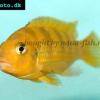 Kenyi
Kenyi 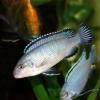 Powder
Powder 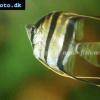 Altum
Altum 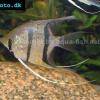 Angelfish
Angelfish 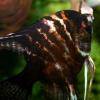 Angelfish
Angelfish 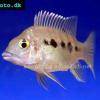 East
East 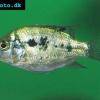 Juba
Juba 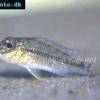 Earth
Earth 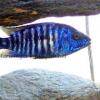 Electric
Electric 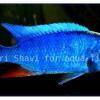 Azure
Azure 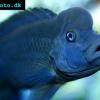 Lionhead
Lionhead 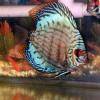 Blue
Blue 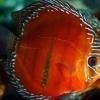 Red
Red 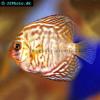 Zebra
Zebra 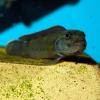 Brichard’s
Brichard’s 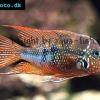 Blue
Blue 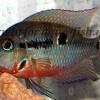 Firemouth
Firemouth 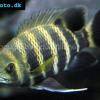 Zebra
Zebra 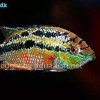 Yellow
Yellow 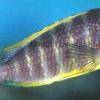 Blue
Blue 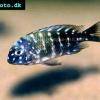 Dwarf
Dwarf  Blunthead
Blunthead 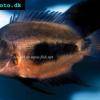 The
The 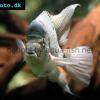 White
White 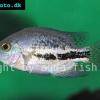 Twoband
Twoband 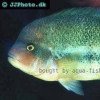 Fenestratus
Fenestratus 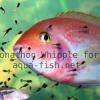 Window
Window 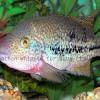 Tailbar
Tailbar 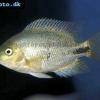 Black
Black 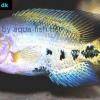 Redhead
Redhead 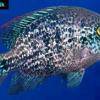 Oaxaca
Oaxaca 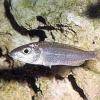 Xenotilapia
Xenotilapia